Sexuality OCD and queerness: Soothing doubt through art
By: Cristi López

All illustrations by the author, Cristi López. Header: Nos Encontramos, 2024
There’s an ever-present monitor in my mind.
She tacks on unwelcome asterisks to almost all of my thoughts, utterances and feelings. The resulting footnotes are a mess of doubt, worry and self-criticism, too cruel to immortalise here in words.
It took 25 years to name her: Obsessive Compulsive Disorder. Up until that point, I assumed she was me, maybe even the real me. She has my voice, after all.
I don’t even know what thinking is like without her constant, scathing commentary. Early memories of even the most innocuous exchanges went something like:
Q: What’s your favourite colour?
A: Yellow.*
*Are you sure about that? You’re probably lying. Why are you lying? You don’t even like yellow. You’re wearing green right now. Your room is painted pink. Liar.
This anecdote may seem trivial, indicating nothing beyond an overly precocious child fixated on honesty. But this intense doubt ran unchecked, eventually developing into a full-blown disorder.
Over the years, nearly every thought I had was hijacked by incessant doubt. I was convinced that I was constantly lying. The truth couldn’t possibly elicit so much anxiety, could it?
Nothing was safe from the OCD vice grip of doubt, especially key aspects of my identity, like attraction, sexuality and love.
My internal world was so muddled by contradictions that I felt I couldn’t quite pin anything down. Was I straight? Gay? Bi?
Everywhere I turned felt like a trap that led to more confusion, doubt and shame. I wasn’t afraid of being gay – I was afraid that I was lying about it.
I knew logically that labels didn’t really matter, but I was unable to have any kind of relationship without these doubts completely taking over.
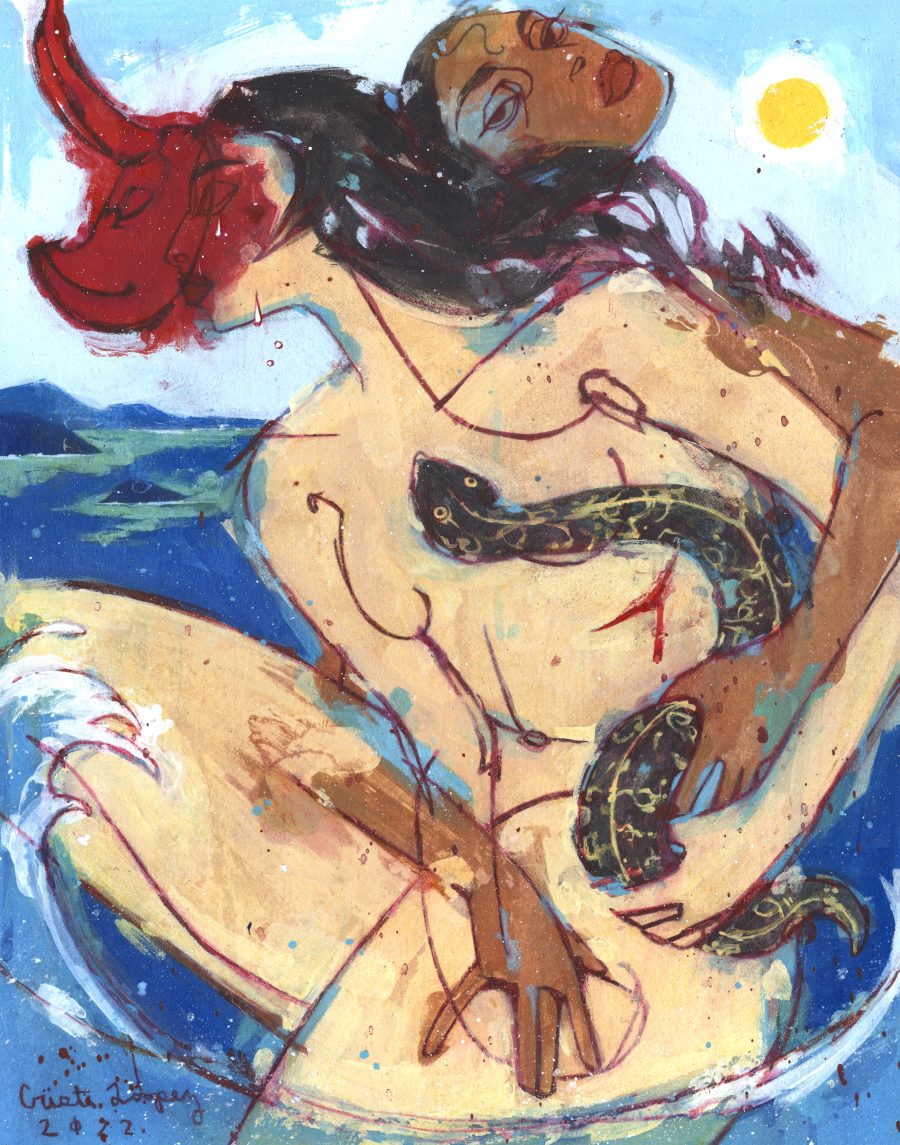
Diabla, 2022

Peligrosas, 2023
I was caught in the negative feedback loop of my disorder.
OCD is characterised by a specific cycle: obsession > anxiety > compulsion to alleviate distress > temporary relief > repeat.
Every time you engage in the cycle, the compulsions must become more and more extreme in order to bring about the same level of relief.
Eventually, the compulsions become so disruptive and all-consuming that functioning at all becomes untenable.
Are you sure you like this girl? Maybe you’re faking it. You’re not really gay. You’re pretending because you want to be special. You’re convincing yourself of a lie so you always have an excuse to be miserable. You shouldn’t subject anyone to this mess. You deserve to be alone.
At the peak of my dysfunction, I spent nearly every waking moment trying to make sense of the incessant noise through compulsive rationalisation, research and reassurance-seeking.
I figured that there must be some bit of information – a particular relationship, or an elucidating feeling – that would finally prove to myself that I actually am a lesbian.
If I just found the key, I’d be free.
But there’s no key. There’s not even a lock.
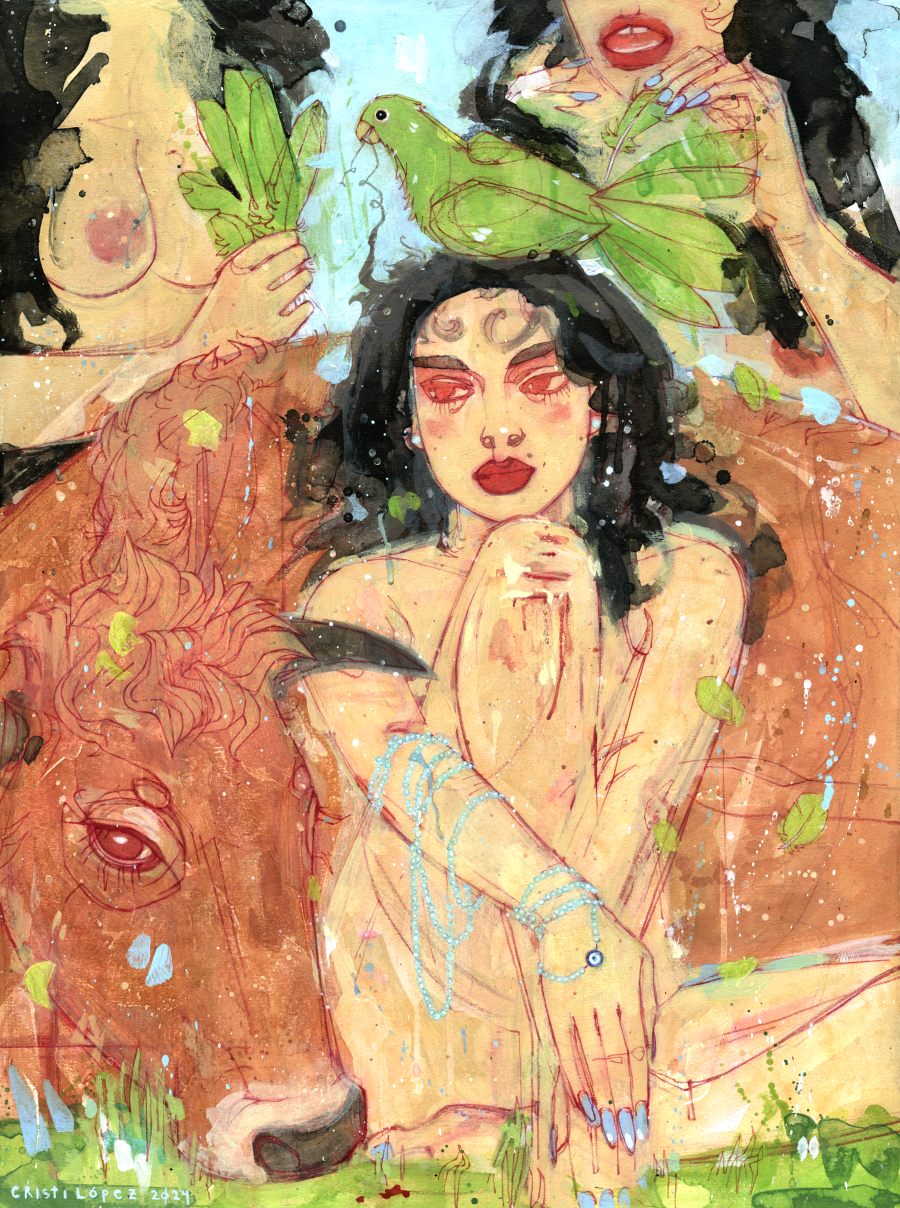
Nidos, 2024
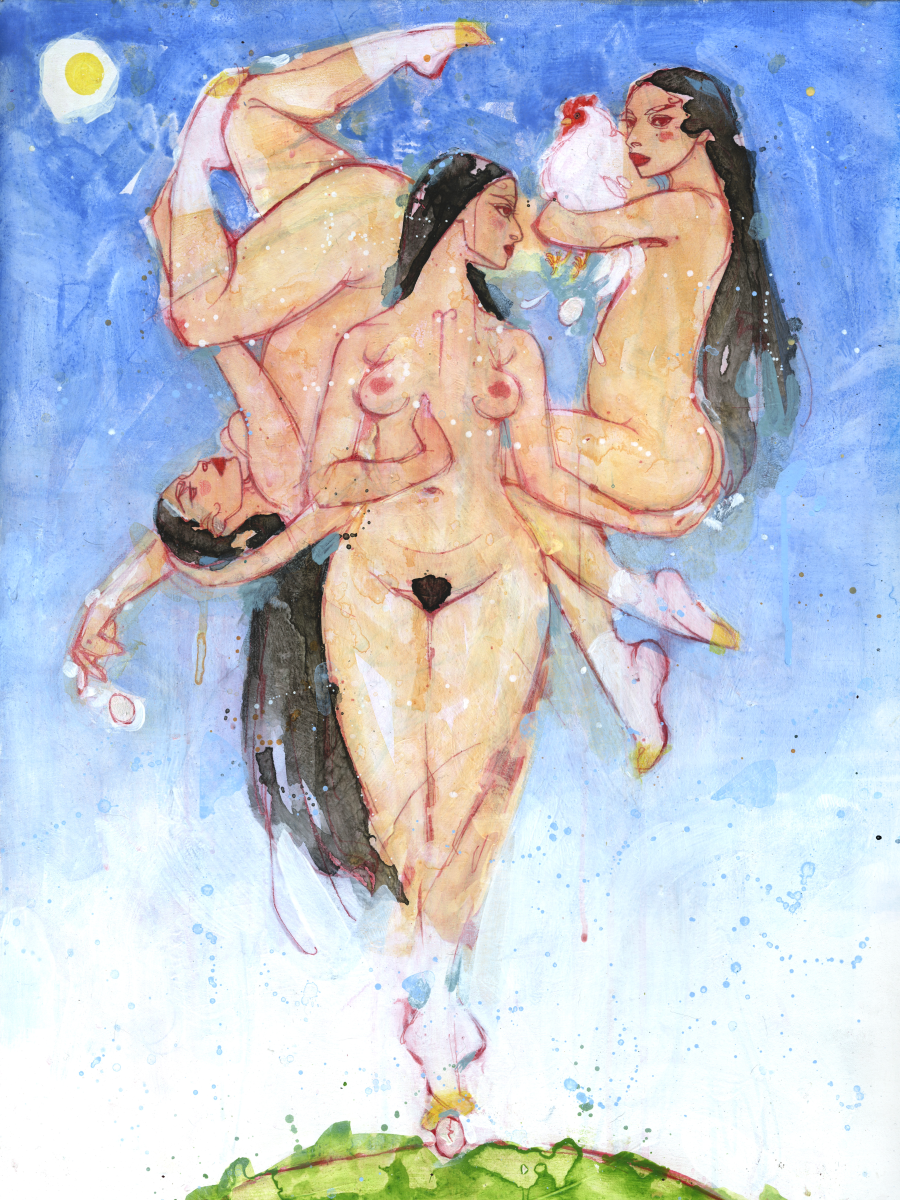
Pio Pio, 2024
In my experience, creating art is an excellent exercise in learning how to tolerate the discomfort of uncertainty – of not knowing.
That being said, it’s not always easy, or even possible, to create art when my mental health is at an acutely low point.
Getting my head above water is the first step. Food, water, rest.
Then I pick up my pencil. Drawing helps me catch my breath; it eventually gives me the strength to swim, albeit clumsily, back to shore. Back to myself.
I create in part because it is a mode of expression that doesn’t require concrete explanation. It can simply be, and I can choose to explain it if I so desire.
This has taken a lot of practice, but it is a reprieve for someone who feels as if the ground beneath her is constantly shifting, and that her perceptions are at the mercy of an overactive mind.
As an artist, I feel compelled to create sapphic dreamscapes, so I do. I can’t necessarily explain why, but I create them anyway, because the images come naturally to me.
In my art, it can be that simple.

Otras Flores, 2023
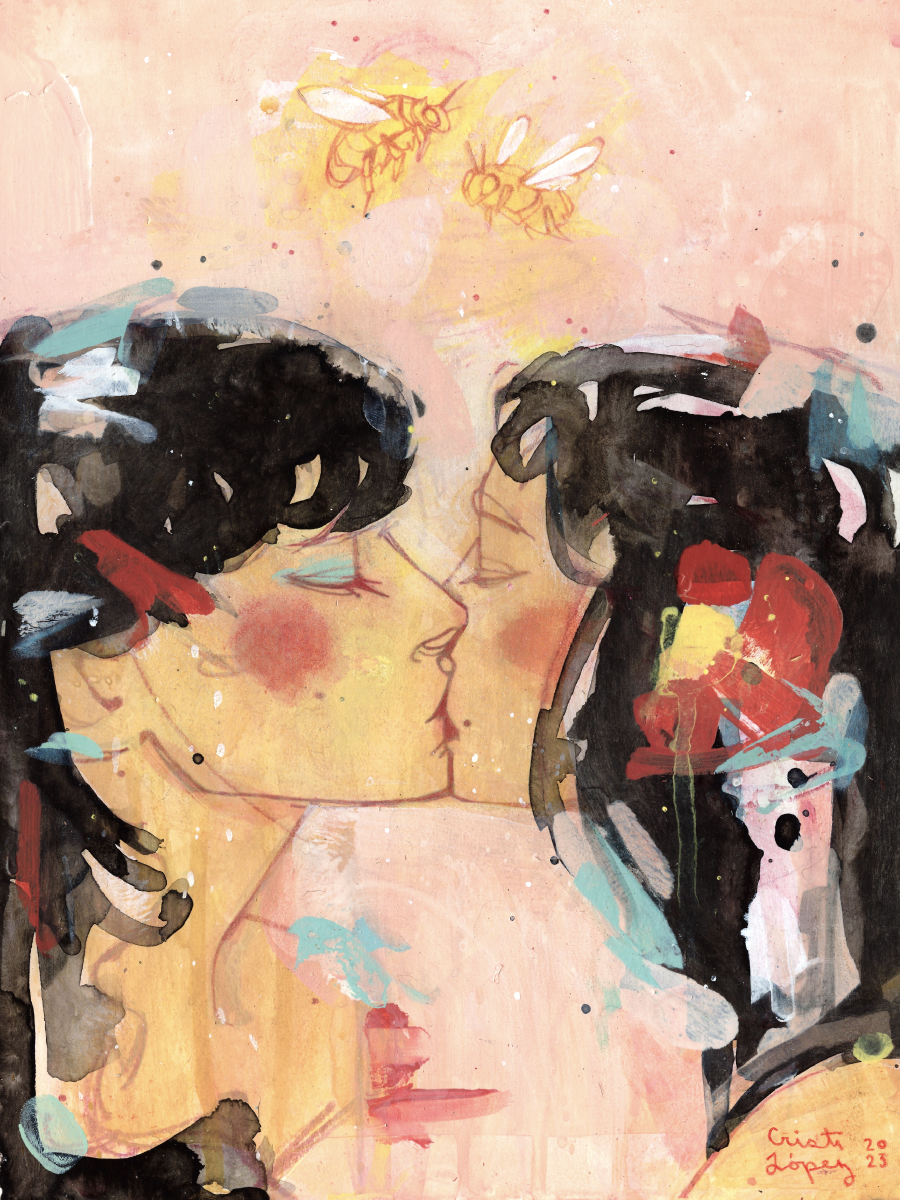
Besitos de Miel, 2023
I am compelled to love women, but my anxious mind generates reasons why I shouldn’t. I feel the need to interrogate this anxiety, to understand why.
Naturally, the stakes do feel quite high: my culture/religion of origin isn’t keen on homosexuality, in relationships you have the potential to hurt someone you love, and so on.
But trying to get to the bottom of why my OCD attacks my sexuality is a trap; especially when my OCD attacks everything from my favourite colour to my choice of socks.
As I have continued to create the art that comes naturally to me, I’ve realised something. The same part of me that is capable of letting go of my need to understand why I paint what I do, also has the potential to do the same in life – outside the cosy cocoons of my paintings.
It just takes practice.

Image of the author, taken by Regina Rashed


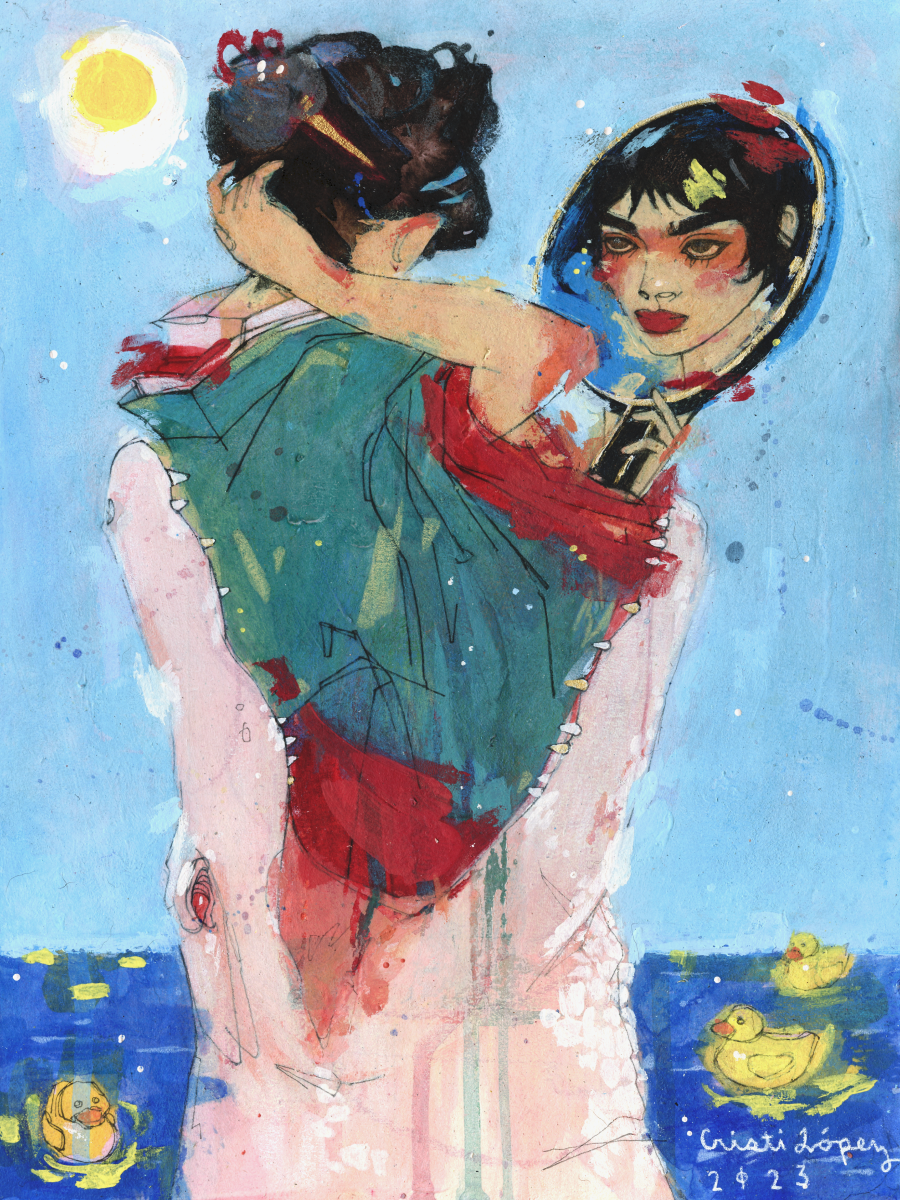


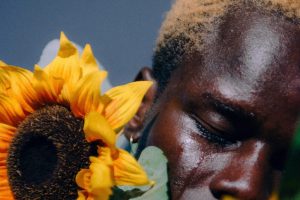
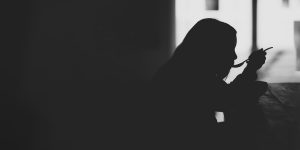
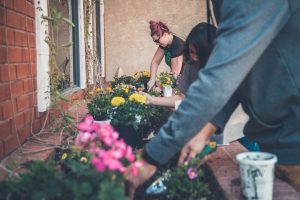
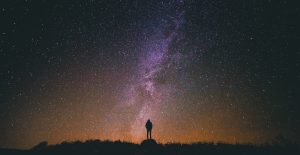
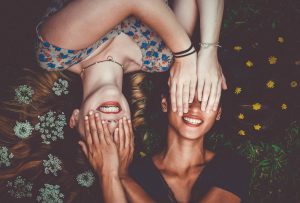
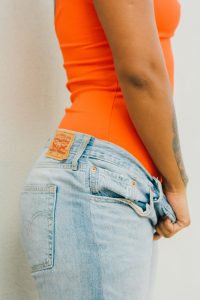

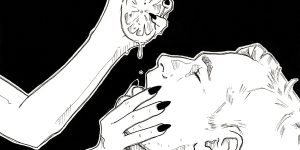



Thank you for sharing your story and your world and your art they are so so full of beauty….this article made me tear up :,) I’m so happy that you found this place of just being <3
Lovely read! I absolutely love learning more about your art :’)
Thank you for being so vulnerable. You are amazing.